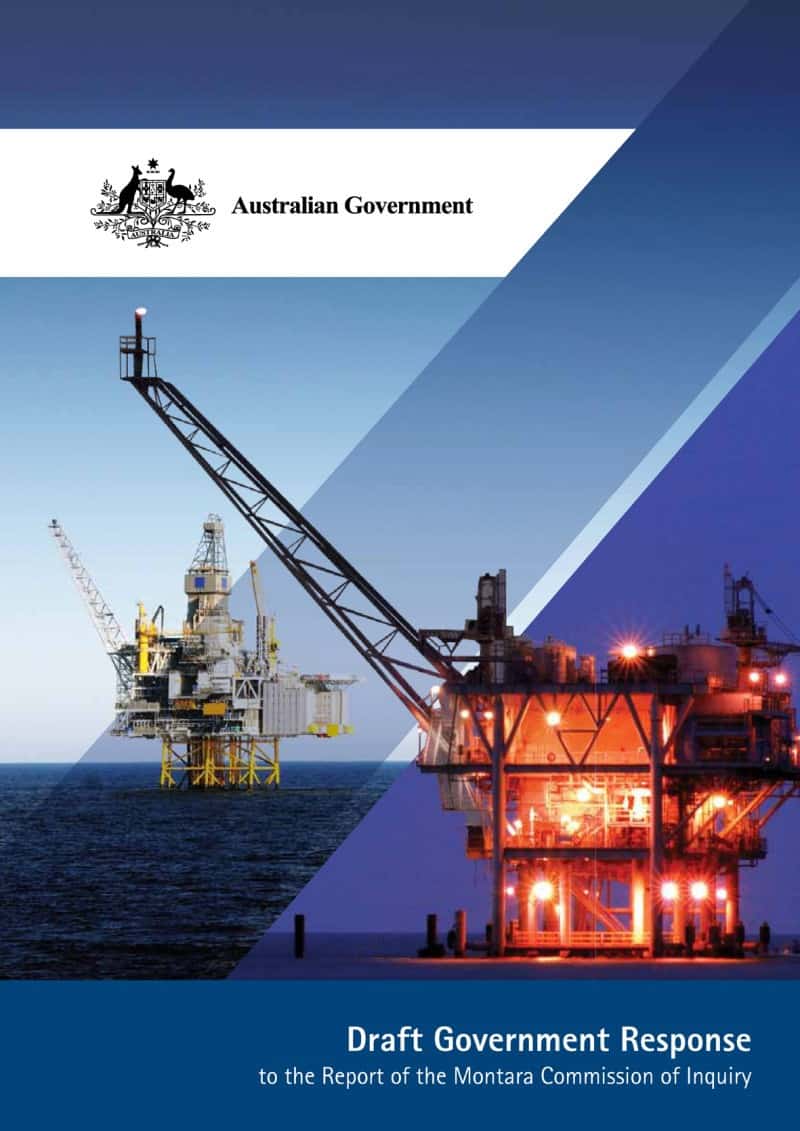Any organisation that claims to be “considered by Industry and Governments to be the premier membership based organisation for the Safety Professional” establishes very high expectations in the community and its members.
At the end of November 2010 the Safety Institute of Australia (SIA) concluded what could be described as its annus horribilis with its 2010 Annual General Meeting in Melbourne.
2010 has been busy for the SIA on the home front with its Western Australia Division morphing into a new OHS organisation (with a loss of 4,000 members according to the National President’s report in the Annual Report), a National Secretary being suspended, a Fellow being accused of contempt of the National Board, legal action continuing over SIA-related matters and special general meetings occurring, or being organised by longstanding and disgruntled members.
The various ructions in the last 12 months have been described in the SIA Annual Report [not available publicly online] by the outgoing National President, as “ill-informed” and reflective of “a suburban tennis club”.
The National President also briefly discusses breaches of ethics. It is good to see, in one way, that “most [ethical breaches] were dismissed as frivolous or vexatious”, but the fact that the perceived breaches were even lodged should indicate that the SIA needs to devote a great deal more resources into educating its membership on due process in this area, or in reviewing the administration of the Code of Conduct.
Annual General Meetings are an important element of corporate and organisational accountability. Indeed, a quick description of AGMs says that
“An AGM is held every year to elect the Board of Directors and inform their members of previous and future activities. It is an opportunity for the shareholders and partners to receive copies of the company’s accounts as well as reviewing fiscal information for the past year and asking any questions regarding the directions the business will take in the future.” Continue reading “Australia needs a sound and credible OHS organisation”



